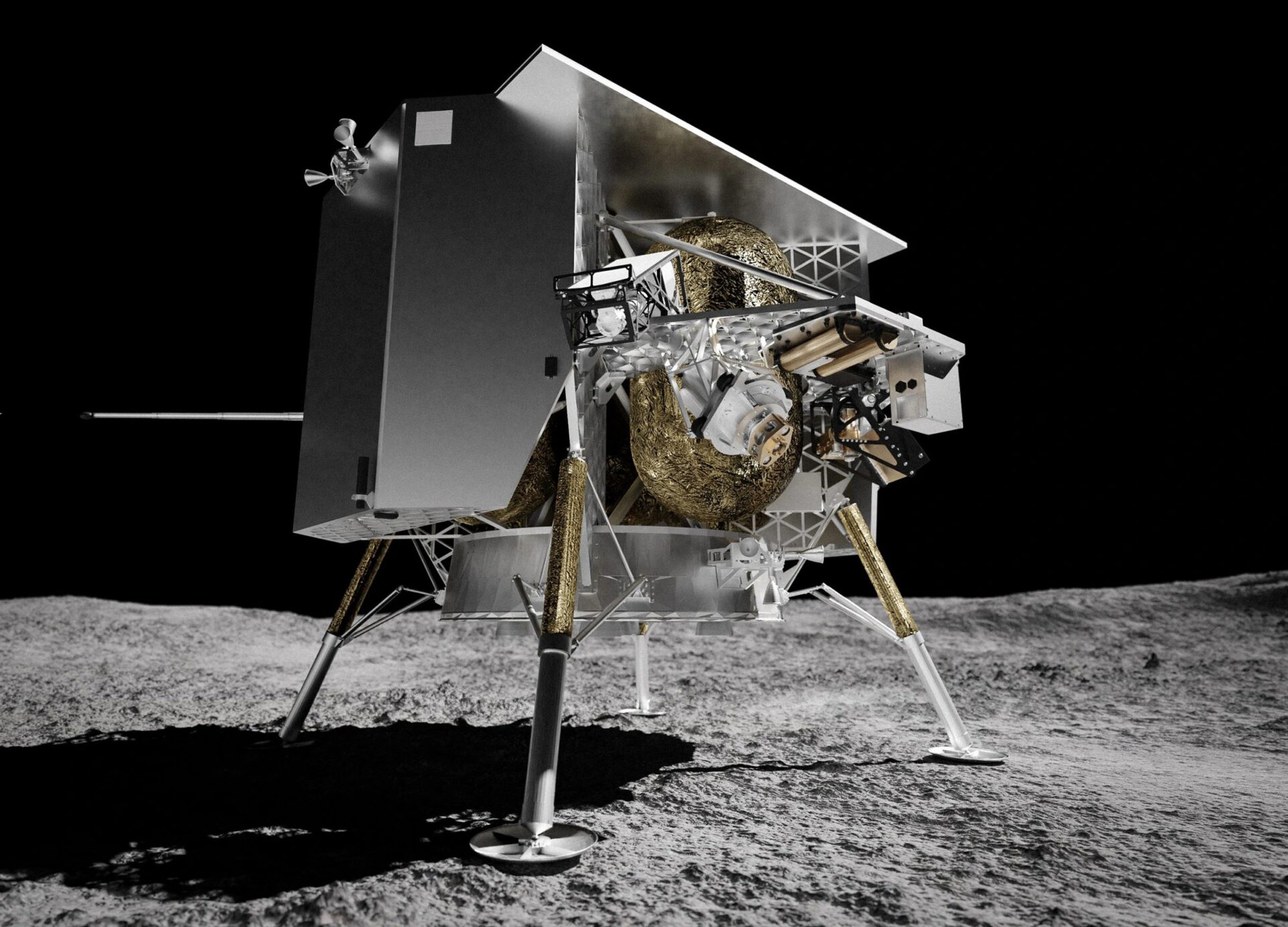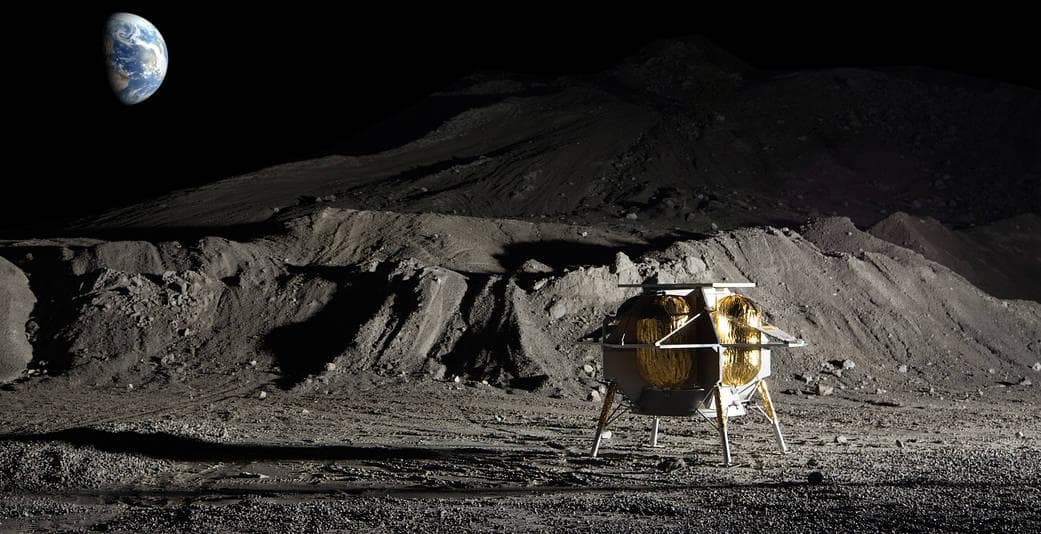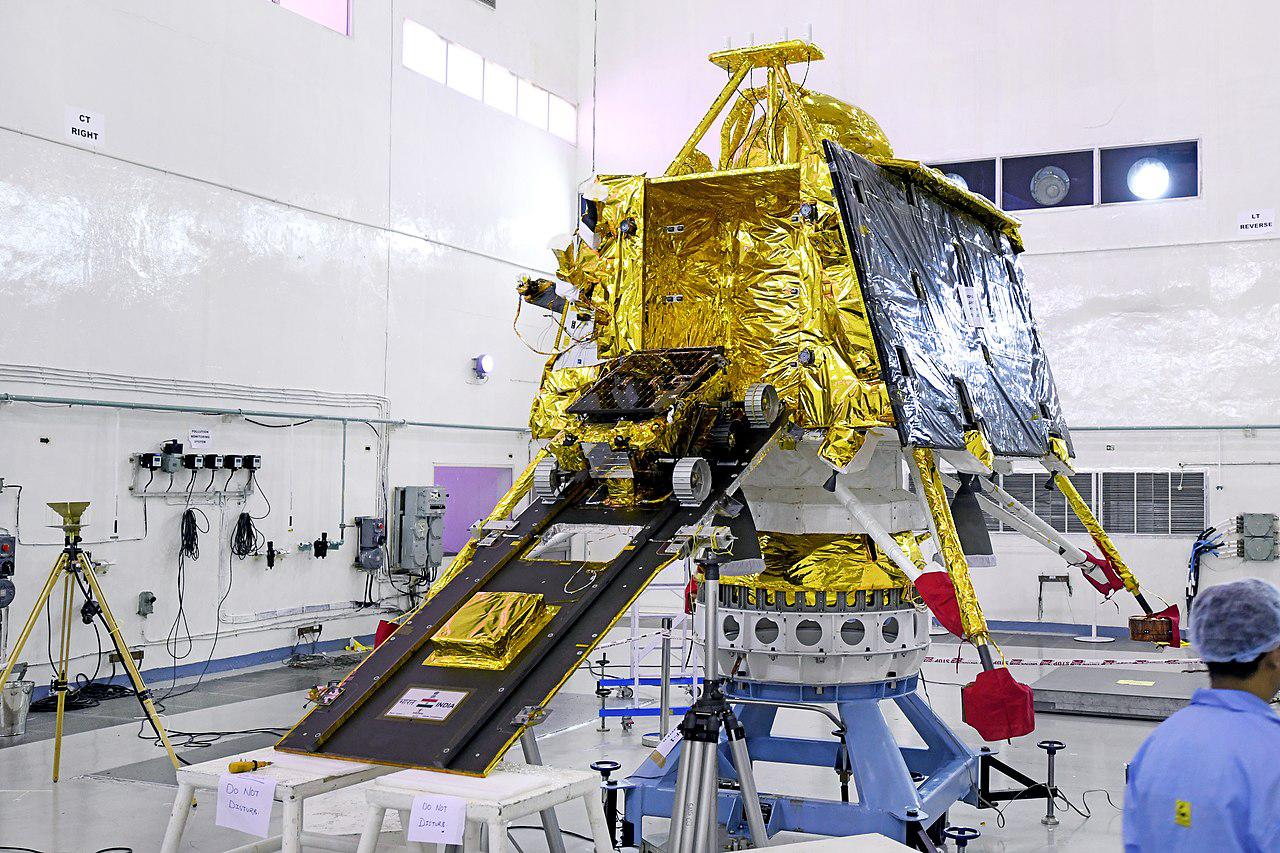2022 was an outstanding year in the space industry. A new space era has come to life with the launch of the James Webb Space Telescope, the first Artemis journey, as well as the first attempt to prevent danger from Earth by an asteroid attack by the DART mission. The year 2023 will also be very eventful. First of all, it can become the “year of the lunar spacecraft”.

Many missions are preparing the groundwork for NASA’s Artemis efforts and the future lunar economy. This is largely due to the agency’s Commercial Lunar Payload Services program, introduced in 2018 to attract the private sector to deliver cargo to the Moon. We will tell you about some of the future space missions to our moon that are scheduled to begin this year.
IM-1 NOVA-C
NASA has chosen a commercial partner, Intuitive Machines, to send the lander to the far side of the Moon. During the IM-1 mission, the NOVA-C lander will study how rocket exhaust gases and how space weather affect the surface of the Moon. The launch is scheduled for March 2023 on a SpaceX Falcon 9 rocket from Cape Canaveral, Florida.
Our Moon mission requires more than just a lander, so we’ve built an entire lunar access program from mission control & spacecraft communication to payload integration & a lunar data network; we’re laying the groundwork for Intuitive Machines & other companies to get to the Moon. pic.twitter.com/tAJX9ydIr3
— Intuitive Machines (@Int_Machines) December 8, 2022
A spacecraft in the form of a cylinder on six legs will deliver five NASA instruments to the Moon and demonstrate advanced landing technology. Interesting fact: the lander will stay warm in cold space thanks to the “coat”. Instead of using internal heating, which would waste a lot of energy, Intuitive Machines has partnered with Columbia Sportswear to use its patented insulation material to insulate the spacecraft.
Peregrine-1
NASA has engaged Astrobotic, another commercial partner, to deliver instruments and experiments to the Moon’s surface. The Peregrine-1 mission will leave Earth on a United Launch Alliance Vulcan Centaur rocket from Cape Canaveral, Florida, in the first quarter of 2023.

Astrobotic later uses the Peregrine lander to send NASA’s VIPER rover to drill ice on the Moon. It will have tools that the US Space Agency wants to test before an important water search mission scheduled for 2024.
SLIM
【SLIM????️Smart Lander for Investigating Moon】
Aiming to demonstrate “landing where it is desire to land”, the project is now being studied and developed by the member of ISAS with researchers from universities and other organizations????
More info➡️https://t.co/3wwOaWOrvB#SLIM pic.twitter.com/1AXDUkM3jX— JAXA Space Exploration Center (@jsec_jaxa_en) May 22, 2020
Not all of these unmanned missions to the Moon will go from the Florida Space Coast. The Japanese space agency JAXA will also send its lander to the surface of the Moon. The SLIM mission, an abbreviation of Smart Lander for Investigating Moon, will deliver various payloads to our moon. The spacecraft is expected to be launched from the Tanegashima Space Center in Japan.
Chandrayaan-3

The Indian Space Agency would again attempt to send a lander and a rover to the highlands of the Moon’s south pole after the Chandrayaan-2 mission, during which the spacecraft crashed while trying to land in 2019. In the middle of 2023, the next Chandrayaan-3 mission will try to correct the error. The mission will be launched on an LVM 3 heavy rocket from a launch pad on Sriharikota, a barrier island in southeast India.
Prime-1
Contractor Intuitive Machines will land the rover at the south pole of the Moon in 2023. The mission, called IM-2 or Prime-1, is to test a drill and a mass spectrometer, a device that identifies the types of particles in a substance. NASA’s Lunar Trailblazer will join the mission. A small satellite will orbit the Moon to determine the location of the water. The launch is scheduled on a SpaceX Falcon 9 rocket no earlier than June.
Earlier we talked about the main astronomical events of January 2023.
Follow us on Twitter to get the most interesting space news in time
https://twitter.com/ust_magazine

